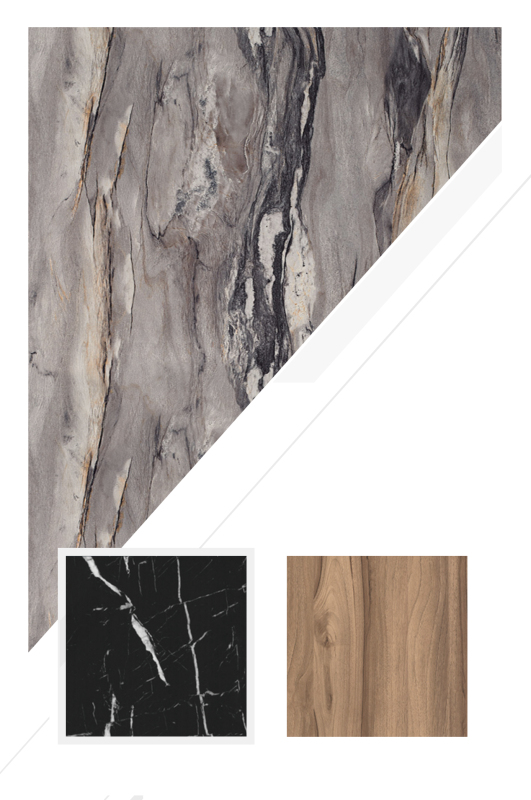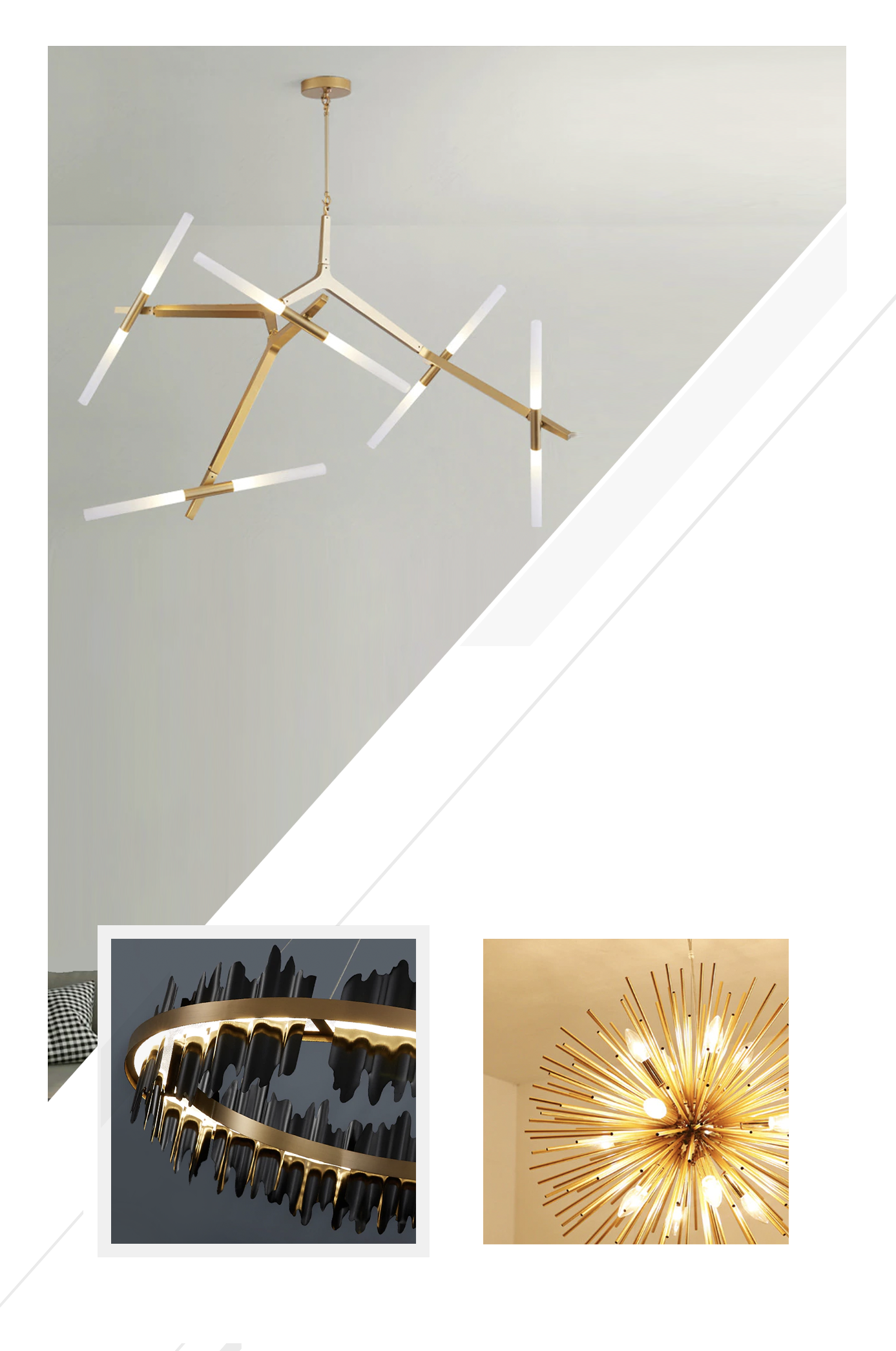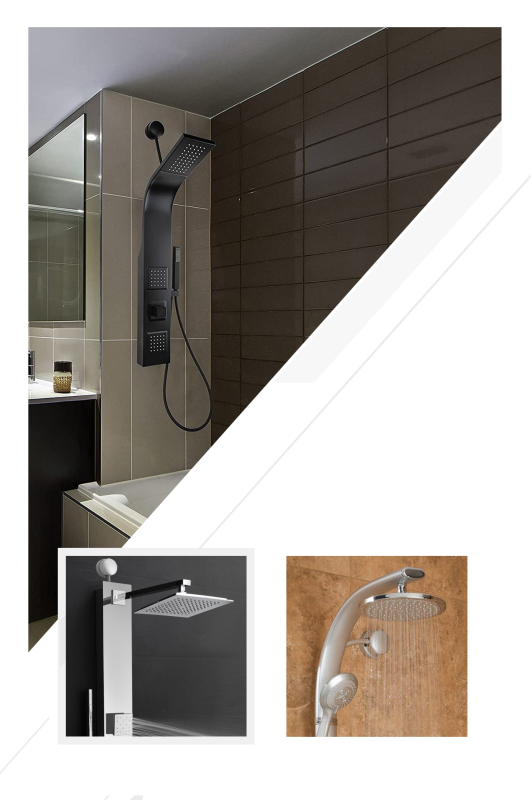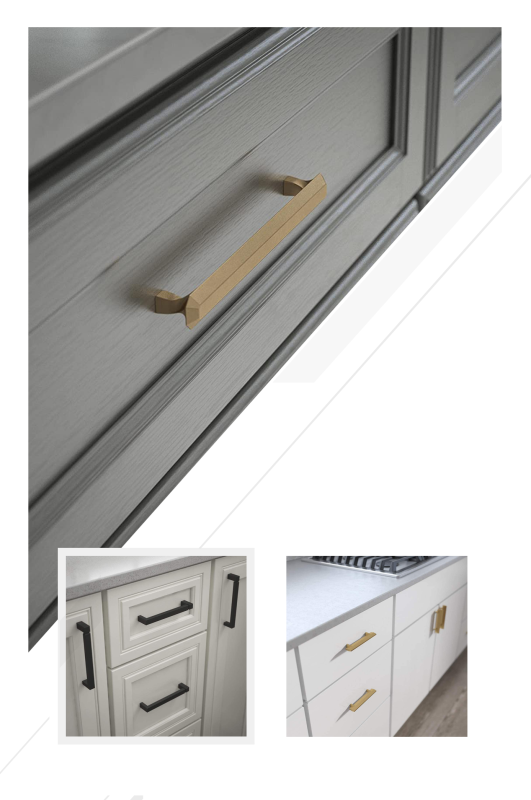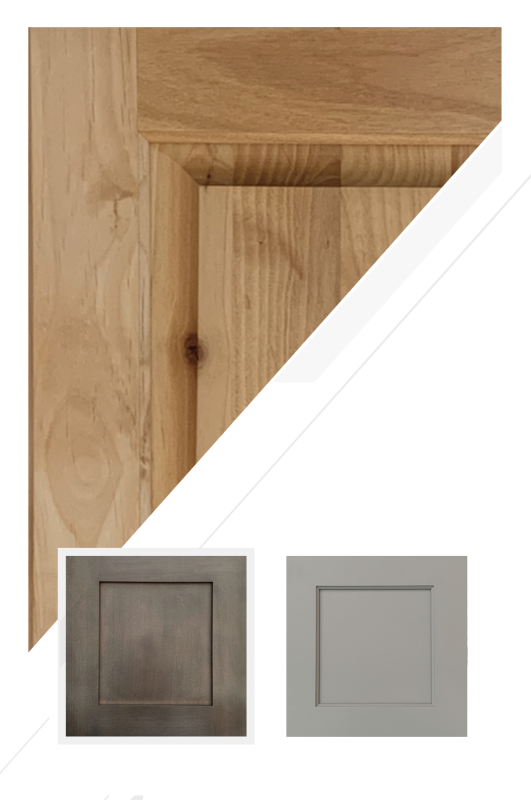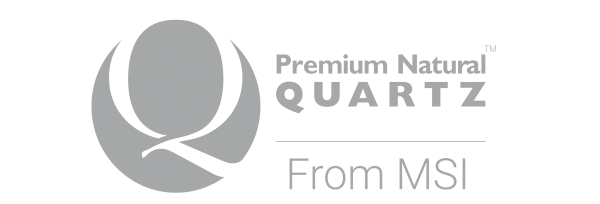Transforming Wildfire Recovery in California
By Joy Line Homes California
California’s wildfire seasons have reshaped how families think about home, planning, and recovery. After loss, the path forward must be clear, fast, and financially realistic. Joy Line Homes has helped create that path with modular Accessory Dwelling Units that set a new standard for resilient rebuilding. In Los Angeles, Ventura, Napa, and Santa Rosa, ADUs are returning people to their land, stabilizing budgets, and creating long term value that supports each neighborhood’s recovery.
Modular ADUs represent more than a smaller home. They are a strategic tool for families who need a place to live now that can continue to serve a purpose later. A Joy Line ADU can be interim housing during a primary home rebuild. It can become guest space, a rental, or a permanent residence that fits a new lifestyle. Built with factory precision and WUI compliant assemblies, it brings safety, speed, and design clarity to a process that often feels uncertain.
Why ADUs Lead the Next Chapter of Recovery
Rebuilding after wildfire is complex. Insurance, permits, temporary housing, and budget decisions arrive all at once. ADUs simplify the sequence. Joy Line begins by confirming access, setbacks, utility status, and crane logistics. While site work moves forward, the ADU is built in a controlled environment where weather does not cause delays. When the module arrives, it sets quickly, inspections follow a clear checklist, and families regain a stable home base on their own property.
This approach supports both emotional recovery and financial planning. Mortgage costs, temporary rentals, and travel time drop when life returns to the site. Decisions about the primary home can be made with a clear head and an accurate view of remaining budget, rather than under pressure from temporary living arrangements.
Fire Resistance Built Into Every Detail
Joy Line ADUs are engineered for California’s Wildland Urban Interface. Exteriors use ignition resistant cladding like fiber cement or metal. Roofs are Class A with careful flashing and underlayment. Eaves are enclosed. Vents are ember resistant. Windows are dual pane and tempered. Decks use ignition resistant surfaces and enclosed framing. These are standard features, chosen because they protect families and meet the expectations of jurisdictions that inspect in fire zones.
Design decisions support performance without sacrificing beauty. Profiles are clean. Joints are tight. Materials are selected for durability, low maintenance, and a calm visual language that fits both urban and rural settings. Protection and aesthetics move together in a Joy Line plan.
Los Angeles County: Hillside Access, Clear Schedules
In the foothills and canyons of Los Angeles County, access can make or break a rebuild. Joy Line prepares crane studies and transport paths that keep streets open and neighbors at ease. Raised platforms and sealed underfloors limit ground disturbance and block ember travel. A compact ADU can land near existing utilities for a fast hookup, then serve as a guest suite or rental after the main home returns. Families regain control of their schedule and their budget while staying close to schools, work, and community routines.
Many clients choose a simple, light filled floor plan with generous glazing on protected sides and limited openings on windward exposures. The result is a quiet interior with strong fire performance and a gentle presence on the street.
Ventura: Coastal Durability and Canyon Winds
Ventura sits between salt air and inland heat. Joy Line specifies coated fasteners, corrosion resistant finishes, and metal roofing with concealed clips for long life near the ocean. Ember screens tuck behind clean grilles. Decks are enclosed below to remove ember traps. Plantings within five feet of the building are non combustible hardscape that doubles as an outdoor room. The ADU feels modern and restful while respecting local conditions, including canyon winds that can carry embers across neighborhoods.
The coastal palette leans toward matte textures, soft tones, and shaded porches that cool the interior. Efficient mechanical systems and thoughtful ventilation keep indoor air clear during smoke events and comfortable through seasonal swings.
Napa: Rural Character, WUI Precision
Napa rebuilds often sit on larger parcels with trees, vineyards, and sloping drives. Joy Line plans ADU siting with defensible space in mind. Gravel and stone paths replace combustible mulch at the foundation line. Simple roof forms reduce eave complexity. Large doors connect to covered outdoor rooms that cool the plan and frame views. When the primary home returns, the ADU can support seasonal guests or provide a steady rental that helps pay the mortgage.
Utility planning is part of the story. Water, power, and sewer routes are protected within sleeves and chases, placed for clear access and quick inspection. This reduces service downtime and keeps maintenance straightforward for years to come.
Santa Rosa: Neighborhood Rhythm, Quiet Strength
In Santa Rosa, context matters. Joy Line shapes ADUs to respect street rhythm and setbacks. Entries are welcoming. Window patterns align with neighboring homes. Protection is integrated into the architecture rather than added as a visual afterthought. Fiber cement lap against smooth panel, metal coping at parapets, and tempered glass with simple trim create a timeless look that also meets Chapter 7A requirements.
Single level layouts support accessibility. Factory built floors arrive tight and insulated. Air sealing and filtration strategies reduce smoke infiltration during poor air quality days. The ADU feels comfortable, easy to maintain, and aligned with the neighborhood’s character.
The Budget Reality: Helping the Under Insured
Many families learn after a fire that coverage limits do not match current costs. Joy Line addresses this openly. Modular efficiency keeps pricing predictable and timelines steady. ADUs offer a realistic way to return to the property without taking on unmanageable debt. Fixed scopes, itemized allowances, and clear schedules reduce surprises. If appeals or supplemental claims succeed, the ADU can remain as income or family housing when the larger home is built.
For some households, the ADU becomes the permanent solution. A smaller footprint, lower utilities, and simpler upkeep can match new priorities while preserving quality and safety. Joy Line supports both paths with equal care.
Permitting, Title 24, and Inspection Clarity
Post fire jurisdictions apply close review. Joy Line submits drawings that address structural loads, Chapter 7A provisions, and Title 24 energy modeling from the start. Factory inspections verify assemblies before delivery. Field inspections focus on foundation, connections, and final fit. This sequence keeps the narrative clear for plan reviewers and inspectors, which shortens timelines and builds confidence.
Homeowners stay informed through a simple checklist that tracks debris clearance, utilities, crane day, and occupancy. Communication is consistent. Decisions are documented. Everyone knows what comes next, which reduces stress and keeps momentum steady.
Daily Life in a Joy Line ADU
Resilient details support comfort every day. Thresholds are flush to remove ember traps and ease access. Exterior outlets, shutoffs, and hose bibs sit where responders expect them. Gutter guards are accessible for quick cleaning. Interior finishes favor matte textures that reduce glare and are simple to care for. Lighting layers support focus, rest, and gathering. Storage is integrated so rooms feel open. The result is a small home that lives large and stays ready for the seasons ahead.
Energy performance is part of the experience. Tight envelopes, efficient equipment, and thoughtful glazing reduce utility costs while improving comfort. Roofs are solar ready. Ducts are kept within conditioned volume where feasible. Mechanical ventilation with filtration supports indoor air quality during smoke events. These are quiet advantages that matter on ordinary days and during difficult weeks.
From Interim Shelter to Long Term Value
The strength of the ADU strategy is adaptability. First, it brings the household home. Next, it supports the main rebuild or becomes the right size forever home. Later, it can welcome relatives, create a home office, or provide rental income that stabilizes a mortgage. Every phase honors safety, performance, and design quality. Joy Line plans for this entire arc so each investment continues to serve the family and the neighborhood well.
The Joy Line Perspective
The future of rebuilding belongs to solutions that are safe, fast, and beautiful. Modular ADUs meet that standard. Joy Line Homes designs ADUs that respect California’s fire realities, fit real budgets, and uplift daily life. In Los Angeles, Ventura, Napa, and Santa Rosa, families are proving that recovery can be steady and thoughtful when design and construction work together. A Joy Line ADU turns an uncertain timeline into a clear plan, then becomes a lasting part of the property’s story for decades to come.
About Joy Line Homes
Joy Line Homes builds modular ADUs and residences across California with WUI focused assemblies, energy efficient envelopes, and factory controlled quality. We help fire affected families return to their land sooner, then turn that first step into long term value.
Visit JoyLineHomes.com to schedule an ADU feasibility review for your rebuild.
We are based in Santa Cruz County ,
California
Tel: (831) 888-Home
Email: info@joylinehomes.com
Business Hours: 9am - 6pm

